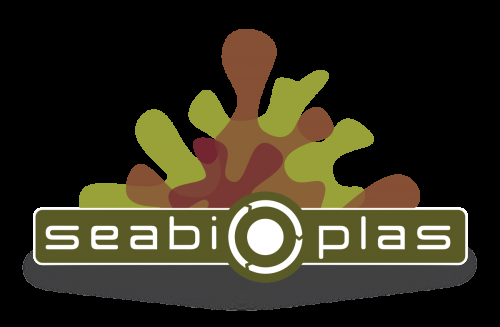Producing plastic from seaweed

SEABIOPLAS is an FP7-funded project which aims to introduce sustainably cultivated seaweeds as feedstock for biodegradable bioplastics. Europe produced 57 million tonnes of plastics in 2010, with the majority (39%) being used in the packaging sector. The production of plastics puts a strain on our already depleting fossil fuel resources. It also impacts on the environment in terms of recyclability and biodegradability. There is a need for increased production of biomass-based, biodegradable plastics in order to achieve the EU2020 target of 10% of market plastics being bioplastics. PolyLactic Acid (PLA) will be one of the leading contributors to bioplastic growth. PLA was the most produced biodegradable-biopolymer in Europe in 2010. It is a sustainable alternative to petroplastics and is compostable and biodegradable. Currently, the production of PLA and other bio-polymers is based on the use of important food sources for humans and animals (e.g. corn, wheat, sugar beets and sugar cane) and other natural resources. With the production of bioplastics expected to rise, the use of these resources will also increase and compete with food and energy production. This in turn will have effects on biomass prices and environmental degradation. SEABIOPLAS is developing a greener alternative to these plastics.
In 2010 world seaweed production (almost exclusively from aquaculture) was 19.9 million tonnes. Of this, Europe was only responsible for 0.4%. The main markets for seaweed are food, industrial specialities, fertilizers, cosmetics, pharmaceuticals and feed. Controlled cultivation of seaweeds allows for high traceability, management of biomass composition and properties, high quality and sustainability. Sustainability is further increased when cultivation of seaweed is carried out in Integrated Multi-Trophic Aquaculture (IMTA) systems. IMTA systems work by incorporating the waste products produced by one species into the diet of another species. Aquaculture produces phosphorus and nitrogen in large quantities that are lost to the surrounding ecosystem. Over 67-80% of nitrogen and 50% of phosphorus fed to farmed fish goes into the environment, either directly from the fish or from solid wastes. Seaweed is able to utilise this nitrogen and phosphorus and produce new biomass through photosynthesis, thus removing these excess nutrients from the surrounding area. As well as the benefits of seaweed in IMTA, it also has several advantages over using the raw materials currently used in biomass-based plastics, including a reduction of CO2 emissions, higher productivity, no risk of potential deforestation, no freshwater consumption and no fertilisers or pesticides used.
After the sustainably grown seaweed has been processed to produce lactic acid (the precursor to PLA), seaweed residues will be generated. These by-products have potential market value in the animal feed sector and can also be used as ingredients or supplements/additives. Currently, many additives come from SE Asia so the possibility of a European supply will be beneficial. The capacity of both the cattle sector and fish aquaculture sector to absorb seaweed by-products as new ingredients is huge. Waste represents enormous losses of resources and so by utilising the by-products as additives and an ingredient to animal feeds, waste is minimised.
Provided by Daithi O'Murchu Marine Research Station